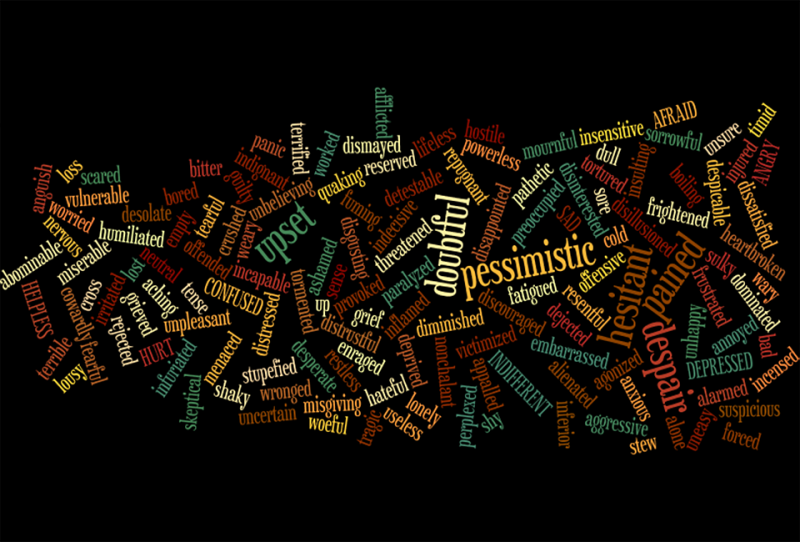
In the vast landscape of digital marketing, keywords play a pivotal role in determining the visibility and success of your online content. Long-tail and short-tail keywords are two distinct approaches that content creators and SEO experts often employ to enhance their content's reach and relevance. In this article, we will delve into the world of keywords, explore the differences between long-tail and short-tail keywords, and uncover the strategies for leveraging them effectively to boost your online presence.
In the ever-evolving realm of digital marketing, mastering the art of keyword optimization is paramount. Keywords are the search queries that users type into search engines, connecting them with the most relevant content. The choice between long-tail and short-tail keywords can significantly impact your content's ability to reach and engage your target audience.
Keywords are the foundation of SEO. They are the words and phrases that encapsulate the essence of your content. Short-tail keywords, often referred to as "head" keywords, are concise and general search terms, while long-tail keywords are more specific and extended phrases that delve deeper into a topic.
Short-tail keywords consist of one to three words and are broader in scope. For instance, "digital marketing" is a short-tail keyword. While they have higher search volumes, they also face intense competition, making it challenging to rank high in search results.
Long-tail keywords, on the other hand, are longer and more detailed phrases, like "best digital marketing strategies for startups." They may have lower search volumes, but they attract more qualified traffic and have higher conversion potential due to their specificity.
Selecting the appropriate keyword strategy depends on your goals and target audience. Short-tail keywords are ideal for boosting visibility, while long-tail keywords cater to a more niche audience, increasing the chances of engagement and conversion.
Short-tail keywords can lead to higher website traffic, but long-tail keywords often result in better click-through rates. Balancing both approaches can maximize your SEO efforts.
Effective keyword research involves understanding your audience's intent. Tools like Google Keyword Planner and SEMrush can help identify relevant keywords, their search volumes, and competition levels.
Integrate keywords naturally into your content, including headings, subheadings, and body text. Avoid overstuffing, as it can lead to a poor user experience and lower search rankings.
Maintain a harmonious balance between keyword usage and readability. User-friendly content will keep visitors engaged, leading to longer on-page times.
Short-tail keywords provide a broad reach but may not deliver targeted results. Long-tail keywords offer precision, catering to users who are closer to making a decision or purchase.
Search engines continually refine their algorithms to enhance user experience. Creating high-quality, relevant content remains crucial to ranking well for both keyword strategies.
Understanding user search intent allows you to craft content that directly addresses their needs, boosting user satisfaction and increasing the likelihood of conversions.
The digital landscape evolves, and so do search trends. Regularly update your keyword strategy to align with emerging topics and changes in user behavior.
Monitor the performance of your keywords using analytics tools. Track rankings, click-through rates, and conversions to assess the effectiveness of your strategy.
In the dynamic realm of SEO and digital marketing, the choice between long-tail and short-tail keywords is not a matter of one being better than the other. Each serves a distinct purpose in enhancing your online presence. By intelligently integrating both strategies into your content creation process, you can harness the true potential of keywords to connect with your audience and achieve lasting success.
Revolutionizing EV Charging: Tata Punch EV's Front-End Socket
Navigating Hyundai Venue's Price Hike: What You Need to Know
Unveiling Elegance: Lexus India's LM MPV Teaser Sparks Excitement